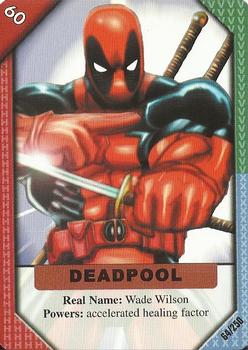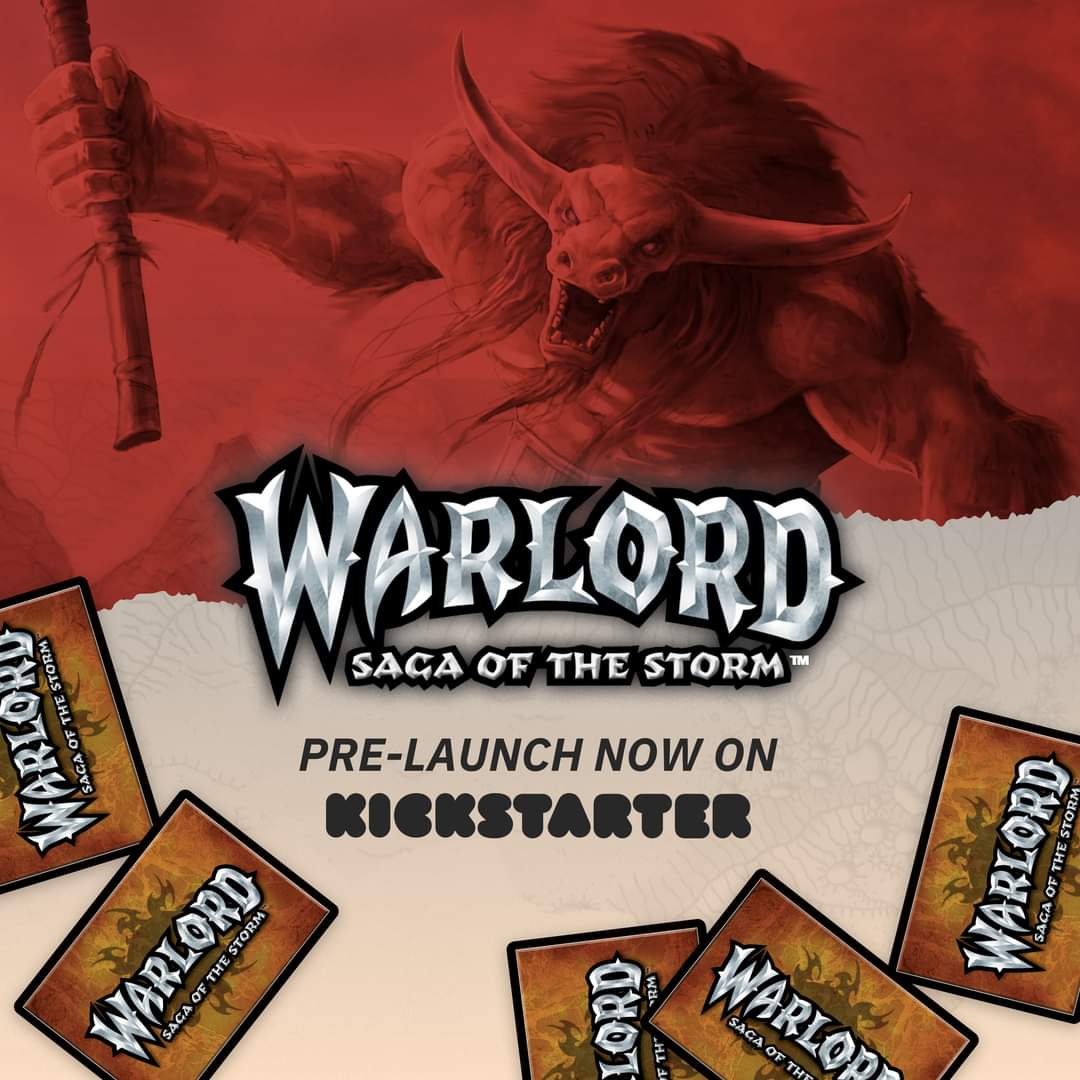Star Wars player Chris Gogolen shares his article series for New and Returning Star Wars players with C1G.
Article 1- Introducing the current Star Wars CCG game to New & Former Players.
Whether you haven’t played the game in 10 years, or just picked up your first Star Wars card ever, this article series will steer you in the right direction towards playing the game.
For a new player, you need to familiarize yourself with the basic flow of the game. Those mechanics can be found in the basic rulebooks included in the starter decks or in Chapter 1 of the Advanced Rulebook found on the PC site in the Resources section. Very little has changed with the 6 main phases of the game since the game was first released(Activate, Control, Deploy, Battle, Move, Draw). The End of turn process(phase 7 if you will) has gone through a little revision, so I would read up on that in the AR(advanced rulebook).
For the beginning of your education, I would focus primarily on learning to play with only the original printed cards. There will be time to learn about the virtual cards later on and how they work.
Once you understand the phases of the game, and what actions take place in each phase, the best way to learn is by playing. Even if you don’t have someone else to play against, I recommend you take your 60-card deck and go through the first two or three turns of the game by yourself.
Deploy your starting cards (the subject of the next article and also outlined in Chapter 2 of the AR), shuffle your remaining deck, and draw your opening hand. Then go through the phases of your turn.
I now have 8 cards in hand. Let’s begin the Activate Phase (Chapter 3 of the AR). I have 4 icons on my locations, and I get 1 for myself, so I will activate 5 force. Is there anything else I need to do in this phase?
No. Ok, then I will move to control phase(Chapter 4 of the AR). I probably don’t have any characters or starships on the table yet so I can’t force drain anywhere. Does my objective or any effects I have in play let me search for a card in my control phase? Probably not, but it’s worth looking for as there are a few that do take cards into hand during this phase.
Next up is the deploy phase(Chapter 5 of the AR)- I have 5 force available- do I want to use that to deploy anything? Can I search my deck for any additional cards? Most effects and Objectives that allow you to search for something will do so during this phase. On many of the virtual cards(which we will focus on in a future article) you will see either an upward facing triangle(which means take into hand from Reserve Deck, or upload) or a downward facing triangle(which means deploy directly from reserve deck, or download). Now that I’ve gone through those actions, it’s time for the next phase- battle.
The battle phase(Chapter 6 of the AR- please skip anything related to Attacks for now- those rules involve creatures, which seldom see play and you can come back and learn later) is your opportunity to directly interact with your opponent if you both have cards at the same location.
Again, it’s turn 1, so unless your opponent went first and put a character or starship into play and you also deployed something to the same location, you likely don’t have anyone to battle just yet. But it’s certainly possible that you can battle on your first turn of the game. If you do have a location to battle at, you may decide to initiate a battle there(which normally costs 1 force unless there is a card in play that effects that. The Special Edition location Jungle adds +3 to the cost of battling there. The Endor cards Battle Plan and Battle Order allow you to initiate a battle for free). But we will assume that you went first in this game and don’t have a location yet to battle at.
After the battle phase comes the Move phase(Chapter 7 in the AR). This is your opportunity to move your cards to different locations. At ground locations(sites- these cards are horizontal) you can move characters and vehicles to other sites on the same planet using Landspeed(which is always 1 unless it’s written otherwise on the card).
If there are two Docking Bays in play, you can use a movement type called Docking Bay Transit to move all your cards at one docking bay to another docking bay. Sometimes both docking bays are on the same planet(there are several docking bays that can deploy to Tatooine), and sometimes this will allow you to move cards to a different planet.
If you have starships at a space location(called a system, these cards are vertical), you may move to another planet using Hyperspeed. Each ship has a hyperspeed number on it, and each system has a Parsec number on it. So if I have the Conquest(with hyperspeed 3) at Naboo(a Parsec 5 system) and want to move it, I can move the ship to another system that is 3 or less Parsecs away(so anywhere between Parsec 2 and Parsec 8).
The last phase of the turn is the draw phase(Chapter 8 in the AR). During this phase, you may draw cards 1 at a time from your Force pile into your hand. You don’t have to draw cards, you are certainly welcome to leave some force behind to save up for your next turn so you can do more things. However you do want to make sure that you are rebuilding your hand when you can afford to do so. You start with 8 cards in your hand and if you deploy 2-3 cards per turn your hand will empty out pretty quickly. So you need to make sure you are drawing at least 1-2 at the end of your turn to build it back up. You also don’t want to draw too many cards though, otherwise you will not have many cards left face down to use as Force to be able to pay for things. This can be a bit of a balancing act, and a step that I have found many inexperienced players struggle with at first.
If you spend your first couple of turns deploying everything you can possibly pay for, by turn 3 or 4 of the game you have almost no hand. When you don’t have many cards in your hand, your opponent knows that your options are severely limited. If they decide to come battle you, you probably don’t have a card in your hand to help out in the battle. If they decide to deploy cards and spread out so they can force drain in multiple locations next turn, they know you don’t have much to come after them with. It lets your opponent play fearlessly, or in some cases recklessly, which is rarely good for you. But if you draw too many cards, now you are going to have issues paying for all the cards in your hand, which again gives your opponent an advantage. You should aim to keep your hand between 6-12 cards during the beginning couple of turns.
Once you have finished turn 1, go back and repeat all the same steps and play out turn 2. You may be activating a bit more force and will be able to do more things in this turn. You can also assume your opponent may have deployed something, especially if they went first and have now completed two turns.
The above steps are things that you can work on at home in your free time. As you feel more comfortable with the basics you should now begin to look for others to play against. If you don’t know anyone in your area who plays the game, there are two places on the PC forums to look
People in different parts of the world post in both areas, so these areas will be helpful in finding you some people to play against. You should not be afraid of going to a tournament while you are still a beginning player. It will be helpful for you to get some in-person guidance from local players, and perhaps it will allow you to meet some people who live close by that you can meet up with and play casual games around the kitchen table.
The Star Wars CCG Community contains some of the most helpful people I’ve met in the gaming world over the last 17 years. If you are willing to learn and will put in the time and effort towards improving, they are willing to teach you. These players will rarely get upset with someone who shows up willing to learn playing with a starter deck. They might get a little annoyed though if you deploy a guy, move a 2nd guy to his location, and then try to battle
Your first tournament experience is not about winning games. You are probably going to lose most, if not all, of the games you play that day. But you will learn more about the game, make some connections with people you can practice against, and just might pick up some cards from the prize support to help get you on your way. Your goal for your first event is to move through the phases of the turn and explore how the interactions with your opponent take place(force draining, battling, etc.
You’ve gotten to play several games against people who know the phases of the game and will help you make sure that you have the fundamentals right. That’s not a bad way to spend a few hours on a Saturday and probably less than $10 for an entry fee. Once you understand the phases of the game and how the cards interact with each other, you will have a good foundation to build on. From there you can work on improving your deck building skills, acquiring stronger cards, and getting into some of the more complex aspects of the game.
Thanks for reading through this introduction. I hope you found it to be useful.
Article 2 will focus on the different starting interrupts and how Defensive shields and the Starting Effects work. I would suggest learning how these work and incorporating them into your decks as quickly as possible. This is one area that can help level the playing field a bit for newer players.
Article 3 will focus on Force Activation- which locations are the most popular and why, and which locations can be pulled from your deck to help speed up your activation. The quicker you get force icons, the faster you can start moving the game along. And if you can get those icons without giving your opponent a lot in return, well that’s even better.

